VL2 to present at Science of Learning Centers meeting
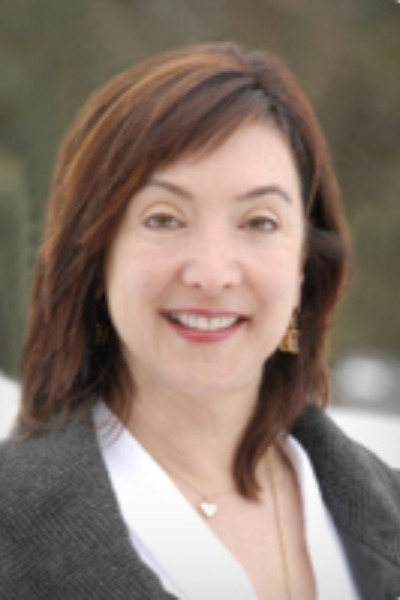
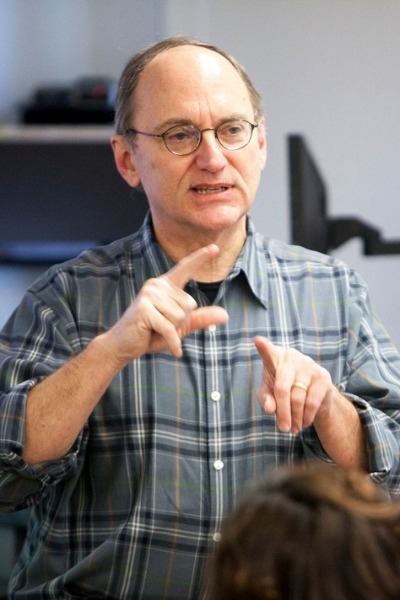
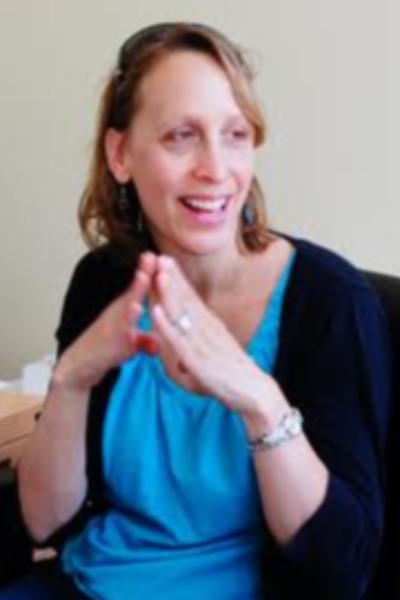
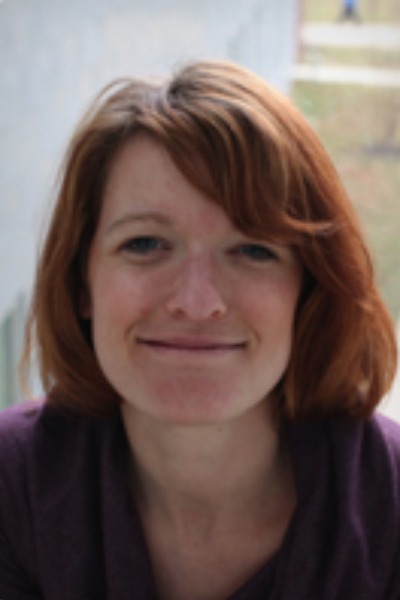
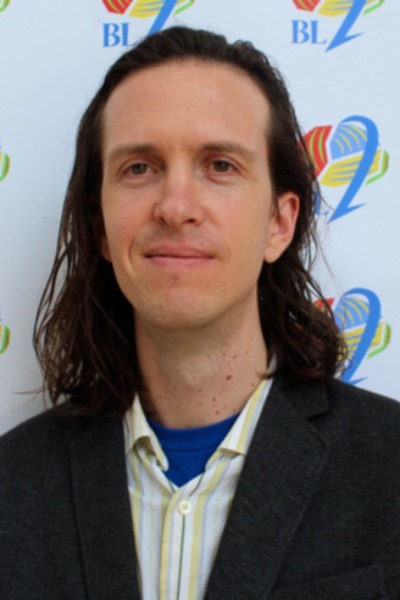
The National Science Foundation (NSF) Science of Learning Center for Visual Language and Visual Learning, VL2, at Gallaudet University will participate in the prestigious Network for the Science of Learning Awardees Meeting on February 8-10. This event is hosted by NSF to celebrate the foundation’s Science of Learning Center program’s decade of supporting revolutionary research into the brain and how humans learn.
The event will highlight scientific, technological, and translational breakthroughs produced by each of the six centers around the nation. The agenda features presentations by centers, cross-center discussion panels, and posters by current trainees, offering a comprehensive overview of each center’s accomplishments.
Dr. Laura-Ann Petitto“This event provides VL2 with an exceptional opportunity to put its groundbreaking research and translational contributions front and center with influential attendees,” said Dr. Laura-Ann Petitto, co-principal investigator and scientific director of VL2 and its resource hub Brain and Language Laboratory for Neuroimaging, BL2.
Invited participants include top representatives from the federal government, heads of esteemed science organizations, such as the American Academy for the Advancement of Science, the Department of Education, distinguished scientists, members of the press, policymakers, and representatives of Congress.
Dr. Soo-Siang Lim, NSF program director for the Science of Learning Program, said VL2 brings important, new research that can benefit all children.
“At VL2, the converging efforts of neuroscientists, cognitive scientists, linguists, developmental psychologists, and education researchers have revealed new insights about neural plasticity, critical periods of learning, and the human brain’s additional pathways to learning language and reading through the visual modality, particularly when auditory input is not available,” said Soo-Siang Lim, NSF program director for the Science of Learning Program. “VL2’s findings have huge implications not only for optimizing learning for the deaf and hearing impaired, but also for how we can optimize learning for all learners.”
The VL2 session will feature a team from the Center that will share 10 years of work on understanding the foundations of language, including visual language, and what it means to be human, as well as the center’s exciting future with new grants to support further research and translation. The first portion of the center’s session will focus on the center’s breakthrough scientific discoveries about plasticity of the visual system, critical periods in human development and early bilingualism, visual sign phonology, early reading and language acquisition, and the shared brain tissue and systems that underlie human language processing — both signed and spoken.
The team also will share VL2’s translational benefits to society – the ways in which the Center has integrated scientific discoveries with translation to advance the creation of learning tools and dissemination of research findings to parents, educators, medical professionals, and policymakers. The center’s rich array of translational products to be described include assessment tools for young visual language learners; interactive bilingual reading apps; a storybook app creator; information packages for parents, doctors, and educators; research briefs; and public training.
The VL2 team will be led by co-principal investigators Dr. Petitto and Dr. Thomas Allen, director of the resource hub Early Education Literacy Lab, EL2. They will be joined by Dr. Melissa Herzig, VL2 Research to Translation Manager and director of the Translation in the Science of Learning Lab, TL2; Dr. Clifton Langdon, assistant professor in VL2’s Ph.D. in Educational Neuroscience (PEN) program; and Melissa Malzkuhn, VL2 Digital Media & Innovation Manager and creative director of the Motion Light Laboratory, ML2. Dr. Jill Morford, Chair of the Department of Linguistics at the University of New Mexico and VL2’s “Legacy Scientist,” rounds out the team for the Center’s presentation.
Three Ph.D. in Educational Neuroscience students will present posters of research studies conducted in BL2, providing them a valuable training and networking opportunity as part of their studies in the program. They are:
- Adam Stone, “Perceptual Sensitivity to Sonority in Visual Language: Native Signers & Naïve Infants” (with advisor Dr. Laura-Ann Petitto)
- Geo Kartheiser, “Measuring Visuospatial Memory Span in Signers:
- Differences in the Manual and Computerized Corsi Block Tapping Tests” (with advisor Dr. Laura-Ann Petitto)
- Diana Andriola, “Age of sign-speech bilingual language exposure and syntactic processing in deaf individuals with cochlear implants using functional Near Infrared Spectroscopy (fNIRS)” (with advisor Clifton Langdon)
Also during the meeting, the team will emphasize that even as its initial 10-year NSF grant winds down, the VL2 Science of Learning Center at Gallaudet University will thrive through mechanisms built to ensure its vibrant science and translation contributions continue well into the 21st century.
At the forefront, VL2’s four research hubs will actively serve to advance Gallaudet’s prominence as a leading resource for language, reading, and bilingualism in the United States and beyond. The team recently won grants that will also ensure VL2 continues to contribute to the world’s understanding of the young brain and how it develops language.
The team will share exciting new projects led by Dr. Petitto, PI, that incorporate revolutionary modern science, such as robotics and avatars that will provide human language samples in the form of nursery rhymes to young babies with minimal language input during key periods of development when they need it most to grow into healthy language learners and successful readers.
In short, the message VL2 will convey during the Awardees Meeting is that it and its resource hubs are here to stay, and to change how the world thinks about language.
- By Tara Congdon
This material is based upon research supported by the National Science Foundation under grant number SBE-1041725. Any opinions, findings, and conclusions or recommendations expressed are those of the author and do not necessarily reflect the views of the National Science Foundation.